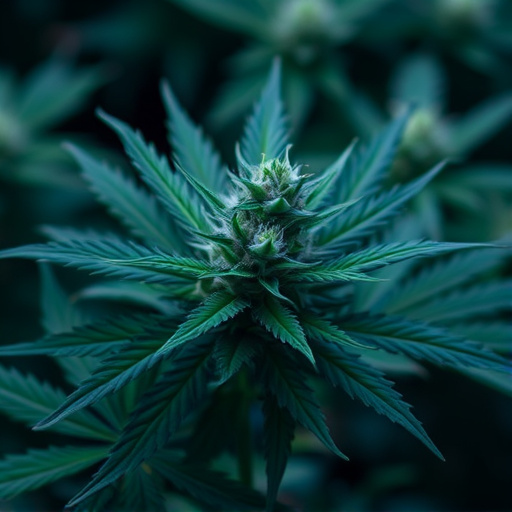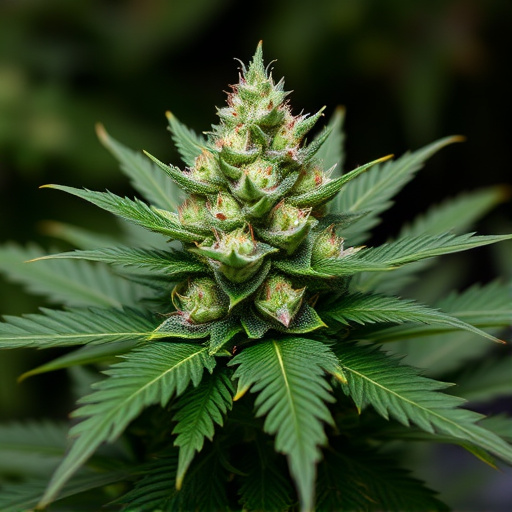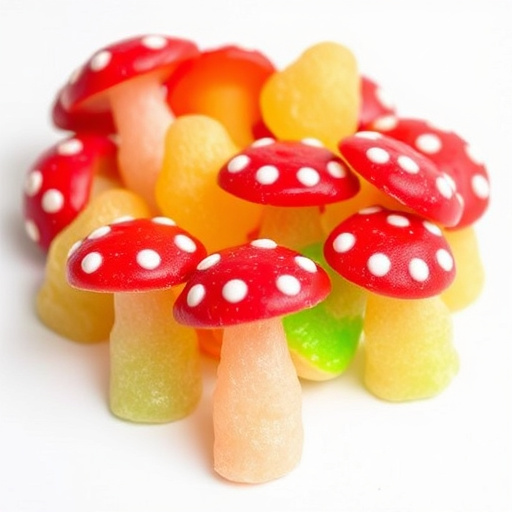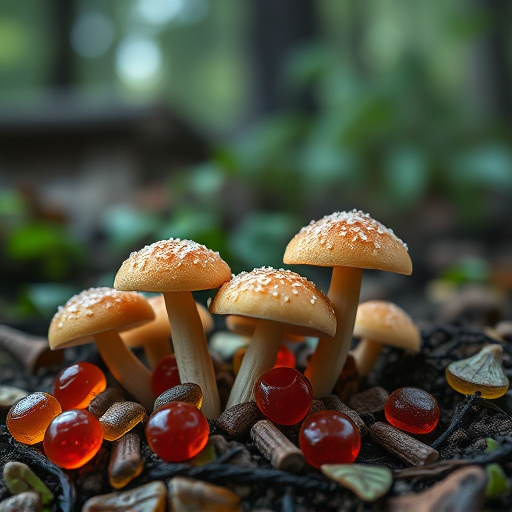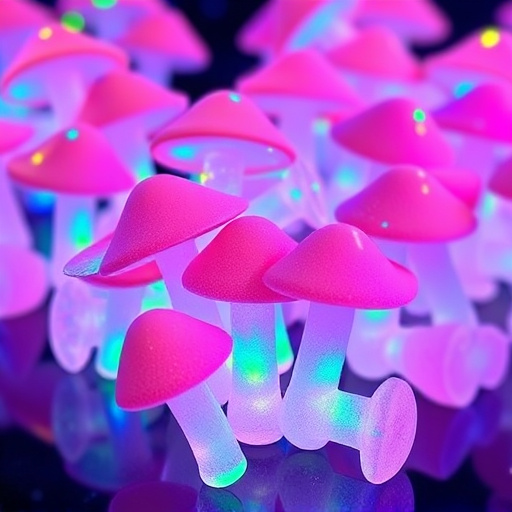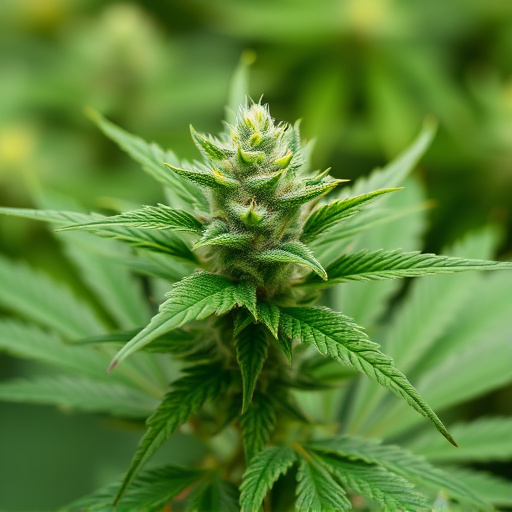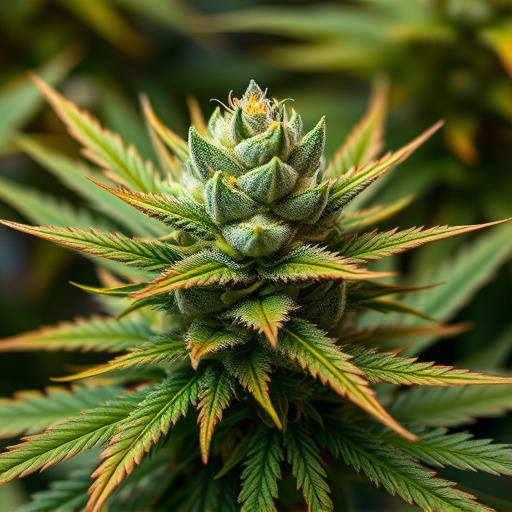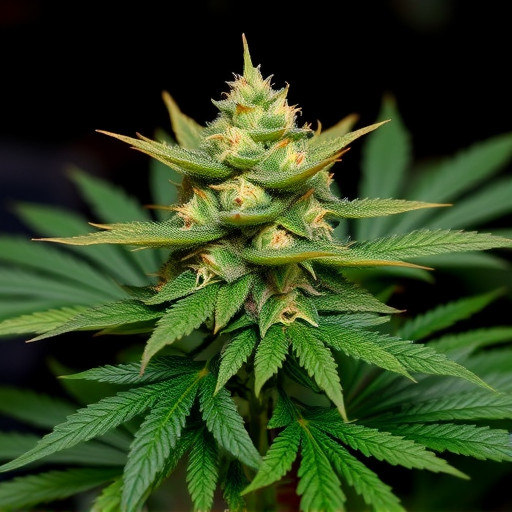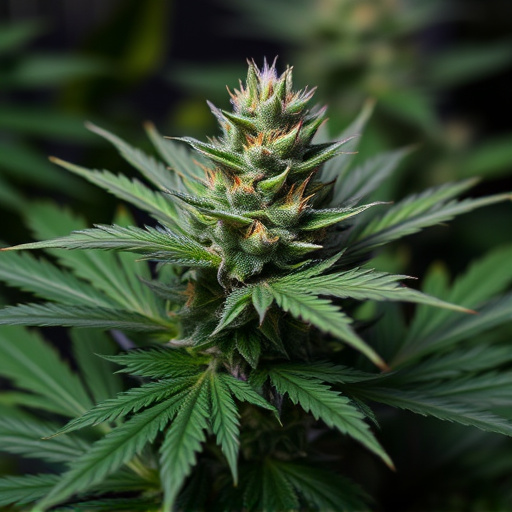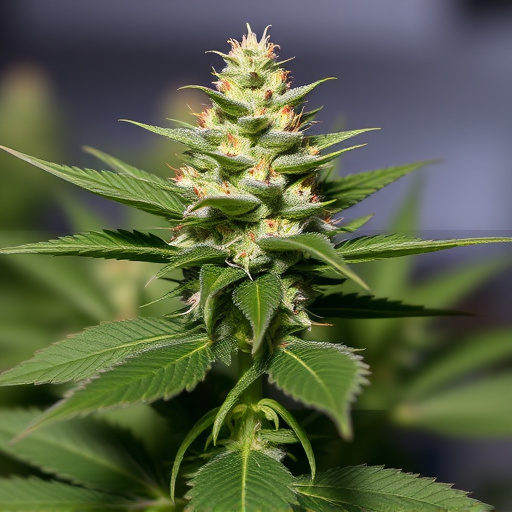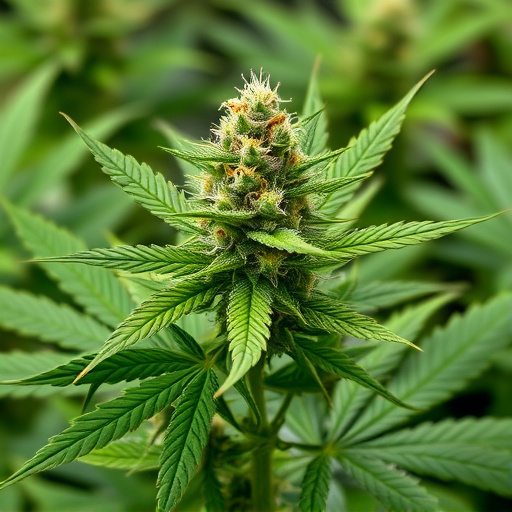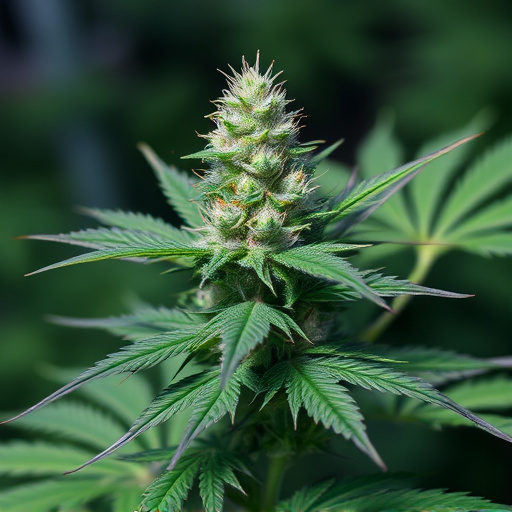Trichomes, microscopic crystals on cannabis flowers, are key indicators of potency. They produce cannabinoids like THC and CBD, influencing aroma and effects. High-trichome production signifies powerful potent cannabis strains, with dense, resinous trichomes correlating to stronger therapeutic and intoxicating experiences due to elevated cannabinoid concentrations. Understanding trichome characteristics is crucial for cultivators aiming to create tailored, high-quality cannabis products.
“Unveiling the Science Behind Trichomes: Elevating Potent Cannabis Strains
Trichomes, tiny hair-like structures adorning cannabis plants, play a pivotal role in determining strain potency. This article delves into the intricate world of trichomes, exploring their fundamental functions and profound impact on cannabis potency. From the lab to cultivation, understanding trichome density and composition is key to unlocking the full potential of potent cannabis strains.
We’ll uncover the art of extraction techniques, revealing how they shape the final product’s quality and cannabinoid content. Furthermore, we’ll discuss health benefits and safety considerations, highlighting the importance of trichome analysis in ensuring a responsible cannabis industry.”
- The Role of Trichomes in Cannabis Potency
- – Defining trichomes and their function in cannabis plants
- – How trichome density and composition impact strain potency
The Role of Trichomes in Cannabis Potency
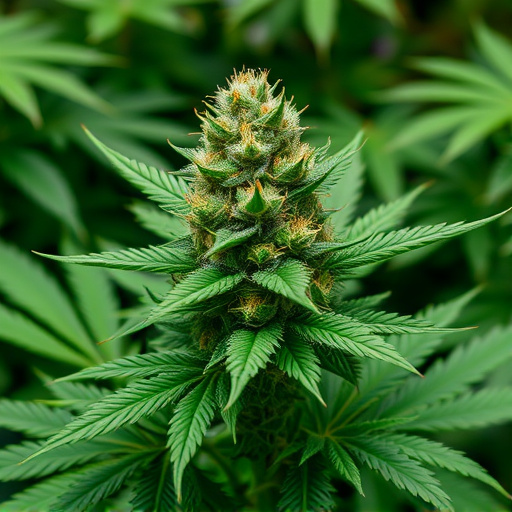
In the world of cannabis, trichomes are tiny but powerful structures that play a pivotal role in determining the potency of pot. These hair-like glands, often seen as tiny crystals on the surface of flowers, produce a wide range of compounds that contribute to both the plant’s aroma and its therapeutic effects. The concentration and quality of these trichomes directly correlate with the overall strength and unique characteristics of cannabis strains.
For enthusiasts seeking potent cannabis strains, understanding the significance of trichomes is key. High-trichome production indicates a rich source of cannabinoids like THC and CBD, which are responsible for the plant’s psychoactive and medicinal properties, respectively. As such, strains boasting vibrant, sticky trichomes often deliver more intense experiences and may offer greater therapeutic benefits, making them a favorite among those exploring the diverse landscape of cannabis potency.
– Defining trichomes and their function in cannabis plants
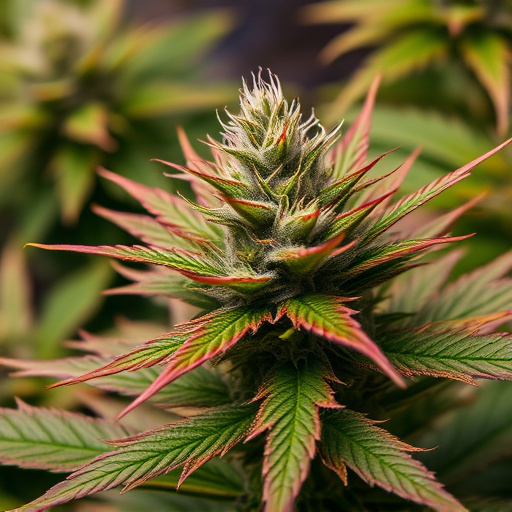
Trichomes are tiny, hair-like structures that coat the surface of cannabis plants, particularly on the flowers and leaves. They play a crucial role in the plant’s defense mechanism, protecting it from potential threats like pests and diseases. Beyond their protective function, trichomes are directly linked to the potency of cannabis strains.
These specialized glandular hairs contain various cannabinoids, including THC (tetrahydrocannabinol), CBD (cannabidiol), and other minor compounds. The density and size of trichomes determine the concentration of these compounds in the surrounding plant matter. Potent cannabis strains often boast mature, resinous trichomes that are viscous and packed with active molecules, contributing significantly to the plant’s therapeutic and intoxicating effects.
– How trichome density and composition impact strain potency
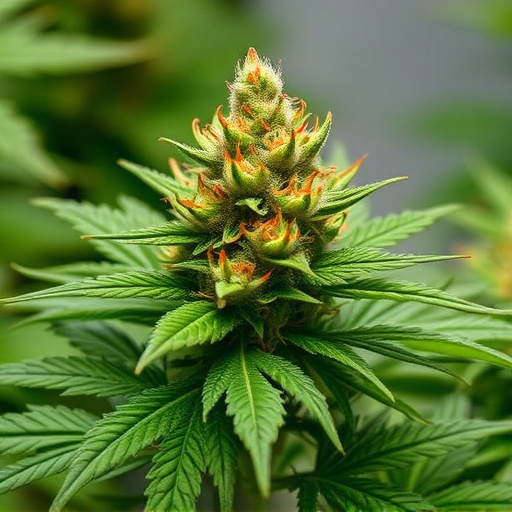
The potency of cannabis strains is greatly influenced by the density and composition of trichomes—tiny, hair-like structures that cover the surface of cannabis plants. Higher trichome density generally indicates a more potent strain, as it suggests an increased concentration of cannabinoids and terpenes, the compounds responsible for cannabis’s therapeutic effects and unique aromas.
Trichome composition is equally important. They vary in shape, size, and color, each type producing different levels of THC, CBD, and other cannabinoids. For instance, dense, frosty trichomes often signal a higher concentration of THC, which is known to deliver more potent psychoactive effects. Understanding the intricate relationship between trichome density and composition is crucial for cultivators aiming to produce potent cannabis strains that cater to various consumer preferences and medical needs.
Trichomes play a pivotal role in determining the potency of cannabis strains, with their dense concentration and unique chemical composition significantly influencing the plant’s overall strength. Understanding this relationship allows cultivators to optimize their growing practices for the production of truly potent cannabis strains, catering to the diverse preferences of modern consumers. By recognizing the importance of trichomes, growers can unlock the full potential of their crops, offering users an enhanced and more satisfying experience.

